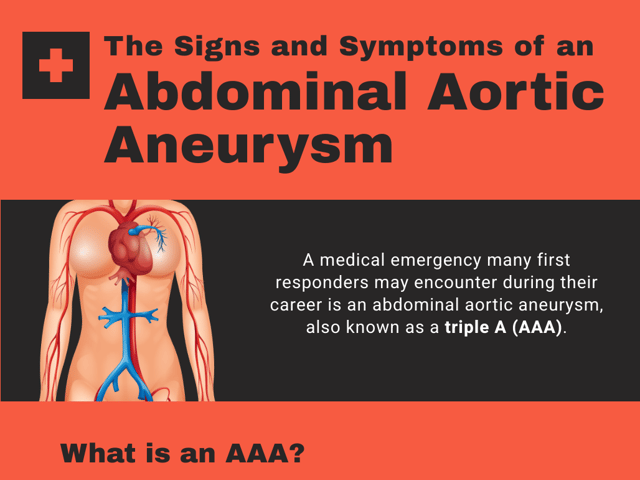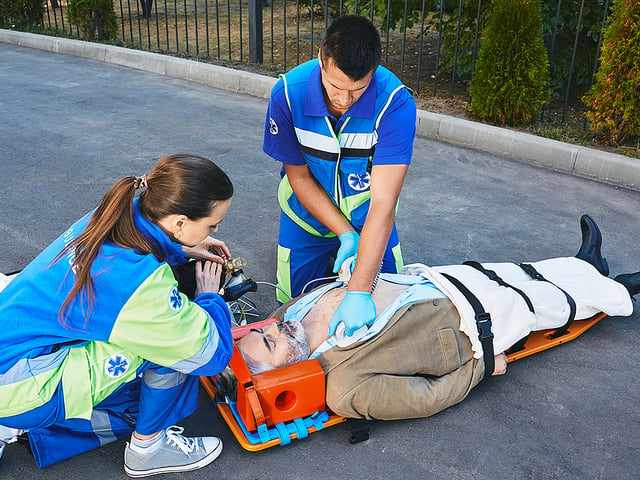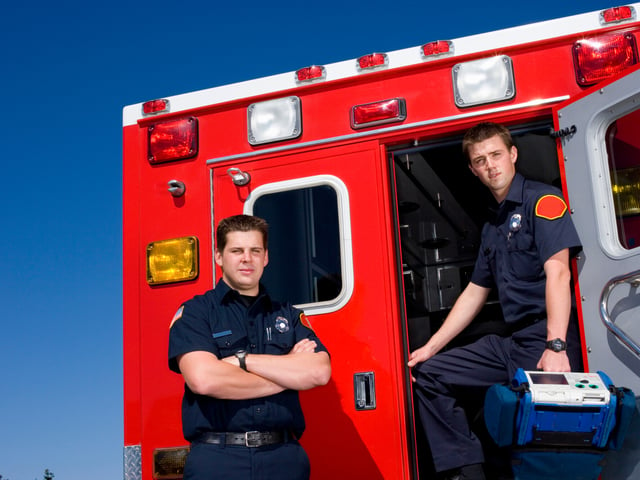
The Signs and Symptoms of an Abdominal Aortic Aneurysm
A medical emergency many first responders may encounter during their career is an abdominal aortic aneurysm, also known as a triple A (AAA).
What is an AAA?
An abdominal aortic aneurysm is a bulging of the aorta caused by a weakening of the walls of this major vessel. When the walls weaken, blood leaks into the aorta, causing it to bulge. The aneurysm occurs in the lower part of the blood-supplying vessel that runs from the heart through the chest and abdomen.
Why is an AAA an Emergency?
Medical professionals refer to a AAA as a “walking time bomb” or the “silent killer” because most patients will be asymptomatic until the aneurysm is about to burst or has ruptured. Since the aorta is the largest blood vessel in the body, if a AAA ruptures, it is truly a life-threatening emergency. EMTs must recognize the signs and symptoms of this silent killer to ensure rapid transport to definitive care.
Signs and Symptoms
-
Severe or dull pain in the flank, chest, lower back, abdomen, or groin
-
Sudden, severe pain in the back or abdomen indicates the aneurysm is about to burst
-
Pain described as “ripping” or “tearing” pain
-
Abdominal pain radiating to the back or flank
-
A pulsing, palpable mass in the abdomen above and to the left of the patient’s navel
-
Hypotension
-
Tachycardia
-
Decreased blood flow to one leg with discomfort in the extremity
-
Absent or faint pulse in the affected extremity
-
Syncope
While an AAA can mimic signs of a myocardial infarction, there are some definitive signs and symptoms that can lead a first responder to suspect a patient may be experiencing an abdominal aortic aneurysm. With eight out of 10 AAA patients dying before they make it to the hospital, it is imperative to assess, treat, and transport your patient quickly.

Keep Reading

Emergency Medical Technician Test Blog
How Many Questions are on the NREMT?
The National Registry of Emergency Medical Technicians (NREMT) exam is …

Emergency Medical Technician Test Blog
How Hard is the EMT Test?
EMTs (Emergency Medical Technicians) are required to have strong medica…

Emergency Medical Technician Test Blog
What Is a Passing Score on the NREMT Exam?
The job outlook for EMTs and paramedics is strong. The Bureau of Labor …